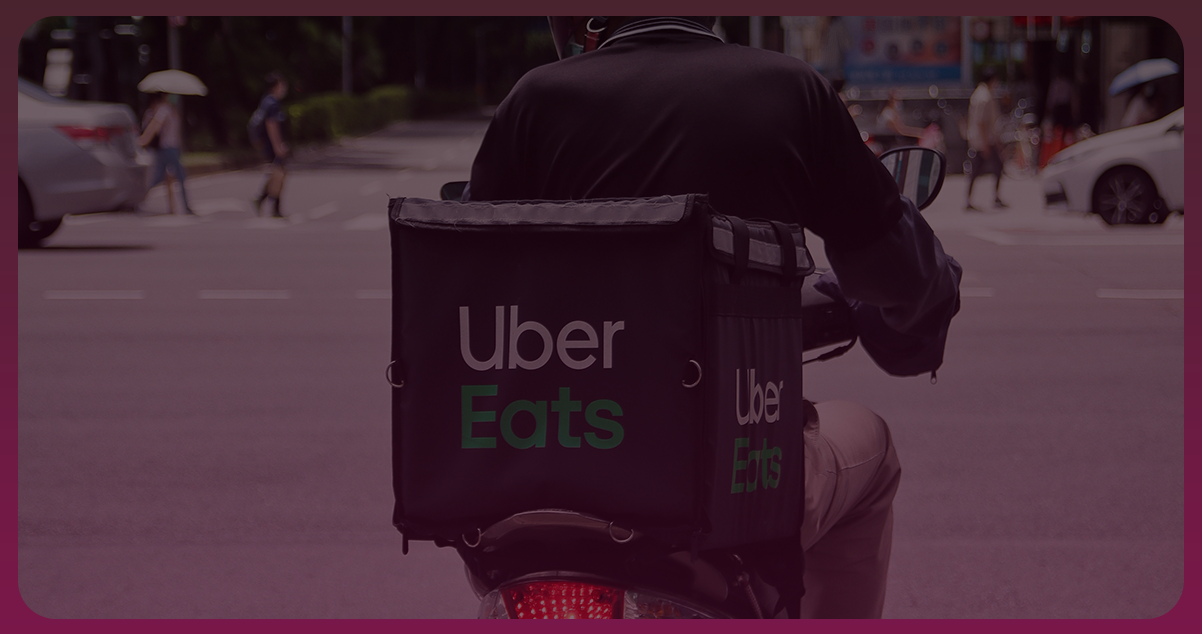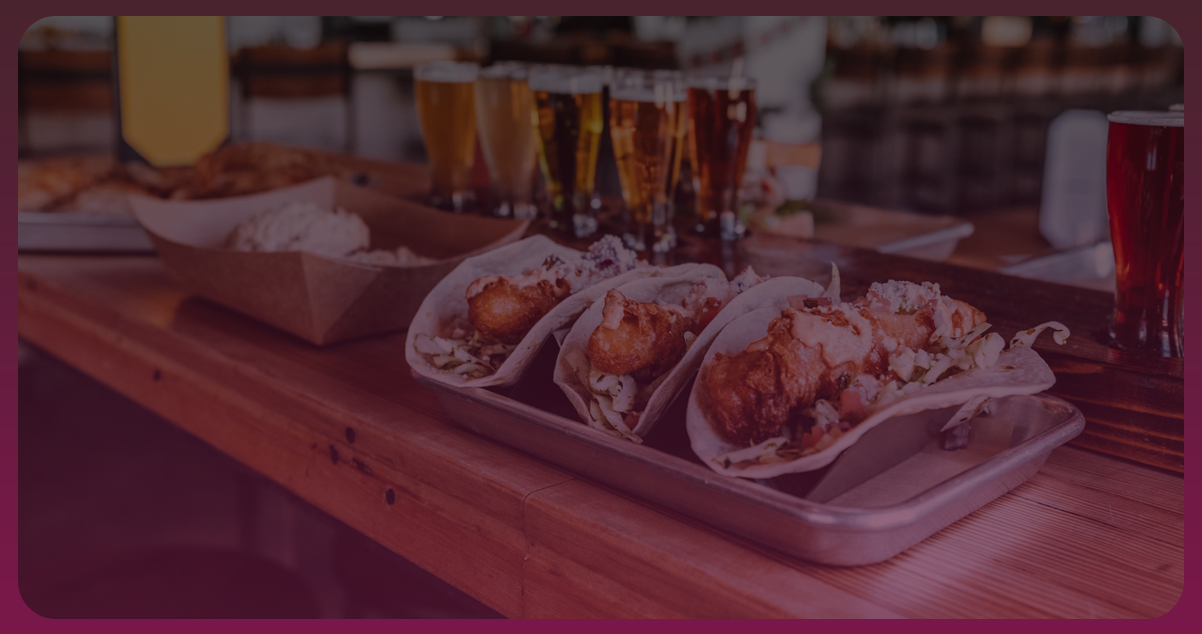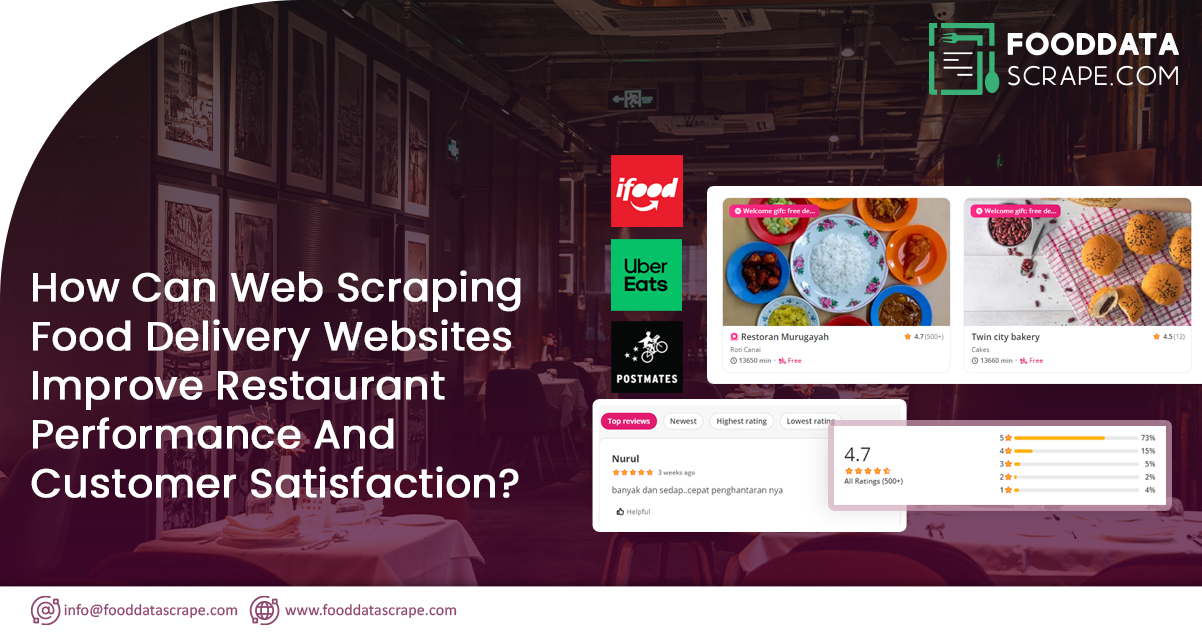Food delivery data scraping involves collecting information related to food delivery services from various online platforms. This process utilizes automated tools to gather valuable data such as menu items, prices, restaurant details, user reviews, and delivery times. By web scraping food delivery websites, businesses can gain insights into market trends, competitor strategies, and consumer preferences. Food delivery data scraping enables businesses to analyze pricing dynamics, identify popular dishes, assess customer satisfaction levels, and optimize their offerings accordingly. Moreover, it facilitates market research, allowing businesses to make informed decisions regarding marketing strategies, menu adjustments, and expansion plans. However, it's essential to adhere to ethical guidelines and legal regulations governing data scraping to ensure data privacy and avoid infringing upon the terms of service of the platforms scraped. In summary, a restaurant data scraper is a valuable tool for businesses seeking to stay competitive and meet the evolving demands of the food delivery market.
List of Websites Offering Food Delivery Services
Uber Eats: Uber Eats revolutionized food delivery by allowing users to order from local restaurants conveniently. With its user-friendly interface and widespread availability, Uber Eats offers a vast selection of cuisines delivered swiftly to customers' doorsteps. Restaurants benefit from increased visibility and access to a broader customer base. By leveraging technology to optimize delivery routes and provide real-time tracking, Uber Eats ensures efficiency in its services. Additionally, through Uber Eats food delivery data scraping, businesses continuously gather information on customer preferences, delivery patterns, and restaurant performance, enhancing their operations and tailoring offerings to meet evolving demands.

Postmates: Postmates emerged as a prominent player in the food delivery industry, connecting customers with local restaurants and stores. Its seamless app interface and swift delivery services garnered widespread popularity among users seeking convenience. Postmates facilitates deliveries beyond food, offering groceries, alcohol, and various goods. Through sophisticated Postmates food delivery data scraping techniques, you can continuously collect and analyze vast amounts of information on customer preferences, delivery routes, and restaurant performance. This data enables Postmates to optimize its operations, improve delivery efficiency, and provide personalized recommendations, enhancing the overall customer experience and maintaining its competitive edge in the market.

Ifood: iFood is a leading food delivery platform catering to the diverse culinary preferences of customers across various regions. Offering a wide range of restaurant options through its intuitive app, iFood has become synonymous with convenience and reliability in food delivery. With features like real-time order tracking and secure payment options, iFood ensures a seamless experience for users. By fostering partnerships with local eateries and leveraging data analytics, iFood continuously enhances its service offerings. Through sophisticated techniques to scrape iFood food delivery data, the platform gathers valuable insights into customer preferences, delivery patterns, and restaurant performance, allowing for informed decision-making and further optimization of its services. Its commitment to customer satisfaction and innovation solidifies its position as a trusted choice for food delivery, contributing to its continued growth and success in the industry.

Steps to Develop Web Crawler to Collect Food Delivery Data from Uber Eats, Postmates, Ifood.

Developing a web crawler to collect food delivery data from platforms like Uber Eats, Postmates, and iFood involves several steps. Here's a general outline of the process:
Define Requirements:
- Identify the specific data you want to collect, such as restaurant information, menu items, prices, delivery times, etc.
- Determine the frequency of data collection and how you'll store and analyze the collected data.
Choose a Programming Language:
- Select a programming language suitable for web scraping. Python is helpful due to its rich ecosystem of libraries such as BeautifulSoup and Scrapy.
Set Up Development Environment:
- Install tools and libraries like Python, BeautifulSoup, Scrapy, and other dependencies.
Understand Website Structure:
- Analyze the structure of the target websites (Uber Eats, Postmates, iFood) to identify the HTML elements containing the data you need to extract.
Write Crawling Code:
- Develop code to send HTTP requests to the target websites and retrieve HTML content.
- Use libraries like BeautifulSoup or Scrapy to parse the HTML and extract relevant data.
- Implement logic to navigate through pages, handle pagination, and collect data from multiple pages if necessary.
- Write code to handle different scenarios, such as errors, timeouts, and CAPTCHAs.
Data Extraction:
- Extract desired data from the parsed HTML, such as restaurant names, menu items, prices, delivery times, etc.
- Clean and preprocess the extracted data as needed.
Data Storage:
- Choose a suitable data storage solution, such as a relational database (e.g., MySQL, PostgreSQL) or a NoSQL database (e.g., MongoDB).
- Design database schema to store the collected data efficiently.
Run and Test the Crawler:
- Run the restaurant data scraper and test it on sample URLs to ensure it retrieves and extracts data accurately.
- Monitor the crawler's performance and make adjustments as needed.
Handle Rate Limiting and Politeness:
- Implement mechanisms to handle rate limiting and ensure the crawler behaves politely to avoid getting blocked by the target websites.
- Respect robots.txt files and website terms of service to avoid legal issues.
Schedule and Automate Data Collection:
- Set up a schedule or automation system to run the crawler periodically to collect updated data.
Monitor and Maintain:
- Monitor the crawler's performance and make adjustments as needed.
- Regularly update the crawler to adapt to the target website structure or policy changes.
Handle Data Privacy and Security:
- Ensure compliance with data privacy regulations and handle sensitive data securely. By following these steps, you can effectively develop a web crawler to collect food delivery data from platforms like Uber Eats, Postmates, and iFood.
What Types of Businesses Can Benefit from Scraped Food Delivery Data?

Restaurants, suppliers, market researchers, entrepreneurs, delivery services, advertisers, analysts, investors, the hospitality industry, and startups can benefit from scraped food delivery data.
Restaurants and Eateries: Restaurants can use scraped food delivery data to understand customer preferences, optimize menus, and adjust pricing strategies to attract more orders.
Food Suppliers and Distributors: Suppliers can benefit from scraped data by identifying trends in demand for specific ingredients or products, optimizing inventory management, and streamlining delivery logistics.
Market Researchers: Market research firms can leverage scraped data to analyze consumer behavior, track industry trends, and provide insights to businesses and investors in the food delivery sector.
Entrepreneurs and Startups: Entrepreneurs entering the food delivery market can use scraped data to conduct market research, identify niche opportunities, and develop competitive business models.
Delivery Service Providers: Delivery companies can use scraped data to optimize delivery routes, predict demand fluctuations, and improve operational efficiency.
Advertising and Marketing Agencies: Agencies can leverage scraped data to target advertising campaigns more effectively, reaching audiences based on their dining preferences and ordering habits.
Financial Analysts and Investors: Analysts and investors can use scraped data to evaluate the performance of food delivery companies, assess market trends, and make informed investment decisions.
Hospitality and Tourism Industry: Hotels, resorts, and tourist attractions can benefit from scraped data to enhance guest experiences by offering recommendations for local dining options and partnering with popular food delivery services.
Conclusion: Scraping food delivery websites yields invaluable insights for businesses across the spectrum. From restaurants refining menus and pricing to suppliers optimizing supply chains, the data offers a competitive edge. Entrepreneurs benefit from market research, while delivery services enhance efficiency. Advertisers target audiences effectively, and investors make informed decisions. Moreover, the hospitality sector elevates guest experiences. By harnessing scraped data, businesses adapt to consumer trends, fostering innovation and competitiveness. However, ethical considerations regarding data privacy and compliance with website terms are crucial. Ultimately, leveraging scraped food delivery data empowers businesses to navigate the evolving landscape, ensuring relevance and success in the dynamic market environment.
Unlock powerful insights for your business with Food Data Scrape, your trusted ally in comprehensive Food Data Aggregator and Mobile Restaurant App Scraping. Our specialized services provide deep data analytics and insights, empowering informed decision-making for your success in a competitive market. Connect with us today to leverage aggregated data and propel your business forward with data-driven intelligence. Reach out to transform your strategies and stand out in the bustling marketplace.






























































































